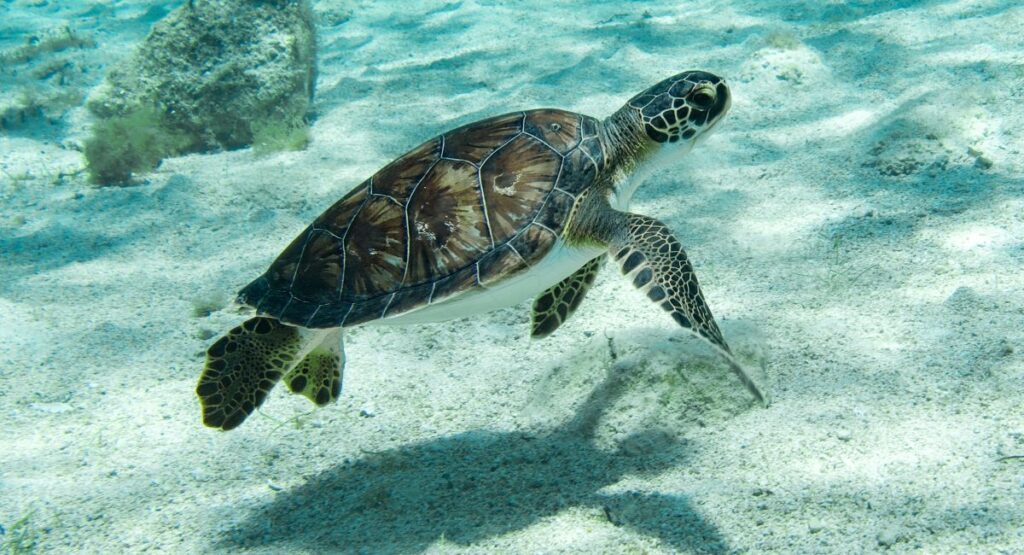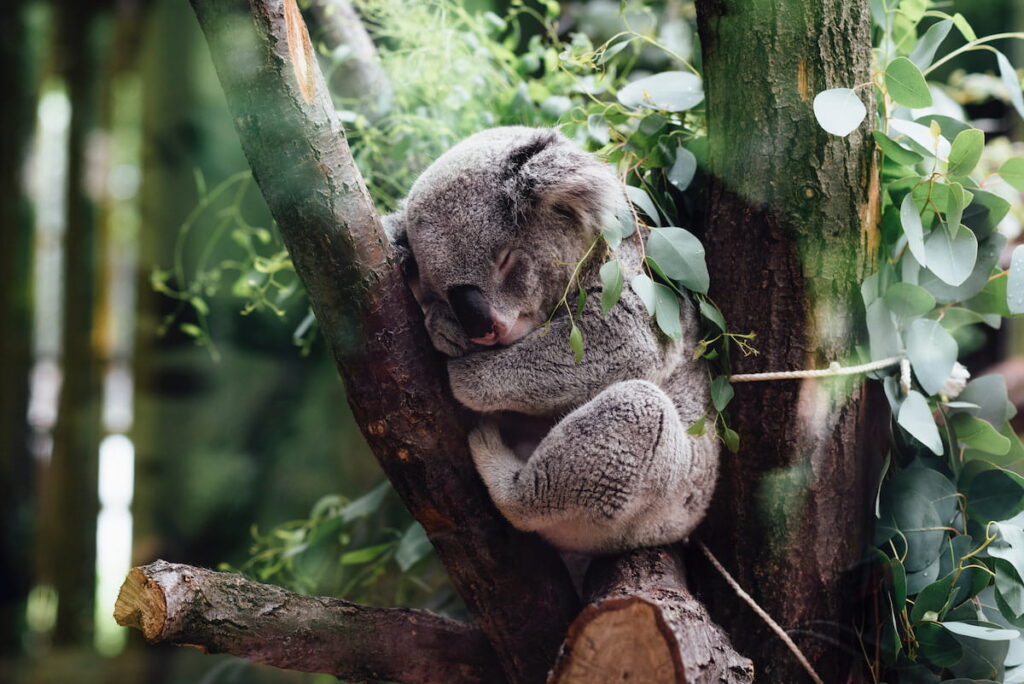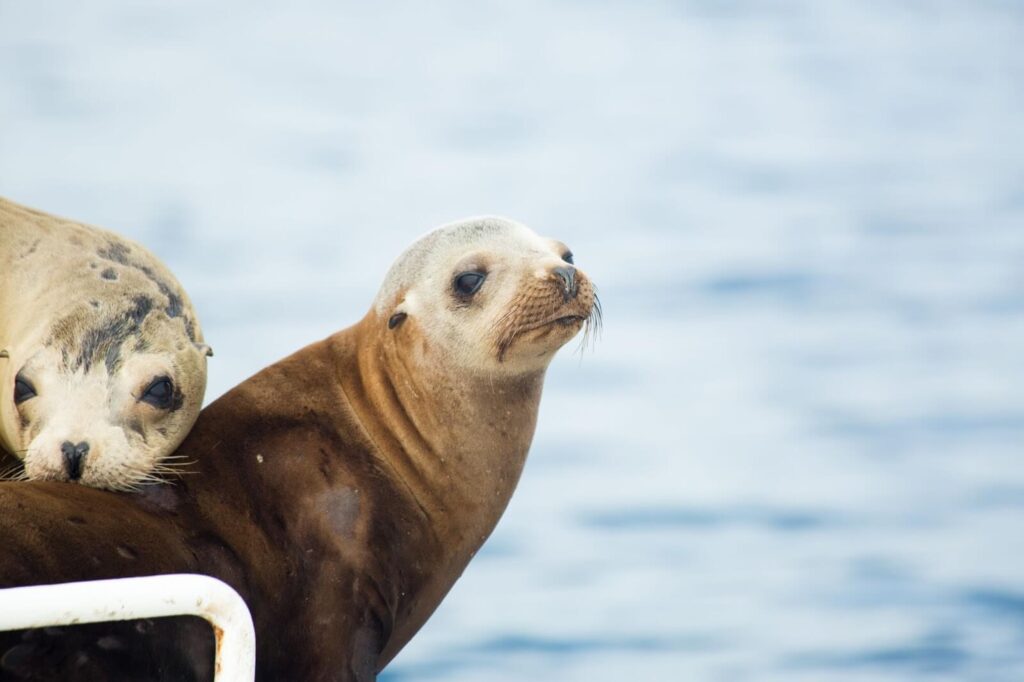Year after year, Whistler is one of the most popular tourist destinations in Canada. The ski slopes are world-renowned, the alpine scenery is breathtaking, and there’s plenty to do and see from dawn to dusk. But did you know that Whistler is also home to more than just skiers, mountain bikers, and golf pros? From black bears to Steller’s Jays and more, this little town has an even wilder side, and a local population – that takes to the air, the valleys, mountain faces, creeks, and the berry bushes.
In this post, let’s look at the wildlife of Whistler and find out what you can see there!
Black Bears in Whistler
Photo by Pete Nuij on Unsplash
The black bear is a large mammal of the family Ursidae, native to North America. They are found in the forests of Whistler. The area is home to a large population of black bears, and they are a common sight in the area. These bears are usually black in color but can also be brown. They have been known to grow up to 6 feet tall and weigh up to 600 pounds. Black bears have short, curved claws that are well-suited for climbing trees and digging for food. They are excellent swimmers and often fish for salmon.
These bears are omnivores, meaning they eat both plants and animals, and they are highly adaptable. Their diet varies depending on what is available in their habitat. It consists of berries, nuts, leaves, insects, small mammals, and fish.
Black bears typically reproduce every two to three years and have litters of 1-3 cubs. Cubs remain with their mothers for about 18 months before striking out on their own. They are mostly active in the early morning and late evening. They are generally solitary animals, but will congregate in areas with plentiful food sources. Black bears are not typically aggressive but can be dangerous if they feel threatened.
Pika in Whistler
Photo by Derek Ryder on Unsplash
The pika is a small mammal in the family Ochotonidae. They are closely related to rabbits and hares, and are often mistaken for them. Pika is about 6–8.5 inches long and weighs between 115–227 g. They have short legs, rounded ears, and no tail. Pikas live in small groups called colonies and often live where a meadow meets an open, rocky area. Pikas eat grass and herbs and use their long whiskers to feel out predators. In fact, they are sometimes mistaken for rabbits because of their fluffy tails.
This type of mammals are herbivores, and their diet consists of grass, herbs, and other vegetation. They live in rocky areas such as mountains and cliffs. Pika reproduce up to twice every year and have a litter of 2–5 young. They are born fully furred and able to eat solid food.
Pika are active during the day and generally live in colonies. They are not typically aggressive, but may bite if threatened. They are considered to be pest species in some areas due to their tendency to eat crops.
Marmot in Whistler
Photo by Miguel Teirlinck on Unsplash
The marmot is a rodent native to North America and is the largest member of the squirrel family. They can weigh more than 10 pounds and grow to be more than 30 inches long. Marmots reach their maximum weight in late summer, when they build up thick layers of fat to sustain themselves during the winter months.
Like most rodents, marmots dig burrows into the ground, making tunnels that they fill with leaves, twigs, and even rocks. Their diet consists mainly of plants, such as roots, seeds, and bulbs. Marmots spend much of their lives underground, emerging only to mate and give birth.
Marmots hibernate in the winter, spending the cold season curled up in their dens. When it gets warmer outside, they emerge and begin to feed again. Males mate with one or more females in their territory once a year, usually in the early spring while they are still in their den. A litter will usually have 3-8 pups, and they are born in late spring or early summer. After about five weeks of pregnancy, female marmots give birth in an underground den that has been dug out. Pups are born with their eyes closed, naked, and with no teeth.
Steller’s Jay in Whistler
Photo by Bryan Hanson on Unsplash
Steller’s Jay is a large songbird with a body length of 11–13 inches. They weigh anywhere between 100 and 140 g and have a life span of 16 years. The plumage is blue and white, with a black head and neck. The bill is black, and the legs are gray. They are found in forests, woodlands, and scrublands.
These birds are omnivores, and their diet consists mainly of fruits, berries, insects, and seeds. Steller’s Jays are social birds, and they often travel in groups, play together, and even chase each other around in the air. The birds usually forage during the day, and they are known to be very curious.
Steller’s Jays only mate with one person and stay together for a long time. They breed from late March to early July, with the most happening in April and May. A female lays anywhere from 2 to 6 eggs at a time, and they are usually the only ones that take care of the eggs for about 16 days. During this time, the male feeds the female. The chicks are born naked with their eyes closed. After 18 days, they can fly, but their parents still feed them for another month before they go independent.
Staying in Whistler, BC
Whistler offers a great opportunity to see some amazing creatures in their natural habitat. If you are planning a visit to see the animals in person, be sure to check out the wildlife viewing etiquettes for a safe watching experience. And instead of staying at a large hotel, we recommend staying at locally owned vacation rentals in Whistler and support operators and owners with small footprints where profits stay in the local economy.



